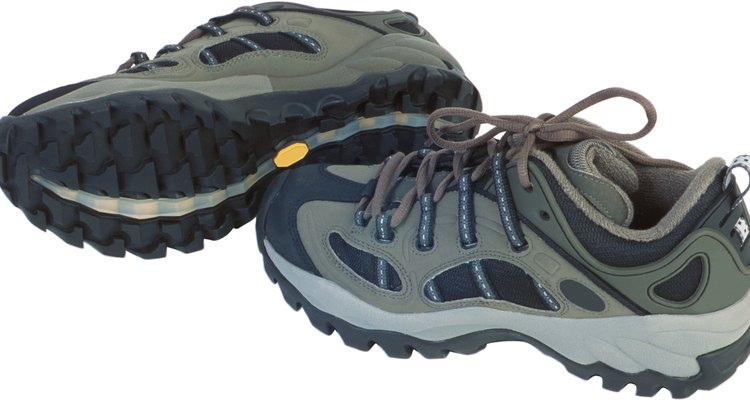
Dream of making your shoe design a reality? Companies exist worldwide to help would-be designers do just that. They convert designers' sketches into 3D shoe prototypes, giving them a chance to see their ideas come to life and pitch the idea to potential manufacturers.
Sketch your ideas for the overall exterior look of the shoe onto a piece of paper with as much detail as possible. Draw the shoe exterior from a variety of angles. Write in the measurements of the shoe, including diameter, width, height and length. Also record the type of material you'd like to use to craft the body of the shoe and the sole.
Sketch the internal makeup of the shoe, showing as much detail as possible. Include sketches of the insole, the sole and the upper shoe and the measurements of each along with the materials you'd like to use to make them.
Choose a professional shoe designer to help you fine-tune the technical aspects of your design. Research companies on the Internet to find the right designer for your budget and prototype style. These companies have the technical expertise to assess your design and correct any tactical flaws before you attempt to pitch your product to a manufacturer. Submit as much specific information as possible about your design, including desired fabric types, shoe hardware and measurements. Submit the sketches of your design in jpeg format when submitting them electronically. Also tell the designer whether you aim to mass produce the item or simply have one pair made.
Submit your finalized design plans to a prototype maker of your choice. The more precise your sketches and details are, the easier and quicker it will be for a prototype maker to create a three-dimensional mock-up of your design. At time of publication, companies charge anywhere from $400 to $1,200 on average to develop the prototype, depending on the complexity of the design and the expense of any embellishments. The prototyping process could take anywhere from several business days to months depending on the number of times you return to the designer to make changes to the design.
Related Articles
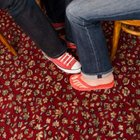
How to Submit Shoe Designs to Nike

How to Get Donations for a Fashion Show

How to Create a Class Reunion Database
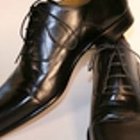
How to Make Leather Men's Shoes

How to Write Letters to U.S. Soldiers ...

About Ecco Shoes Warranty

How To Customize Vans Shoes

How to Organize a Charity Fashion Show

How to Design Your Own Track Shoes

How to Advertise in Church Bulletins
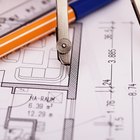
How to Convert a 2D House Plan Into a ...

What Is Comparable to a Size 10 Dress ...

How to Tell if Vans Are Real

How to Measure Foot Size for Cowboy ...
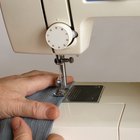
How to Construct a Seamstress ...

How to Identify Nike Style Number

Where Can I Find a Shoe That Was ...

Wide Width Vs. Double Wide Width Shoes

What Are Soft Skills & Life Skills?

How to Find a Japanese Penpal
References
Writer Bio
Khalila Perrin has spent the last six years reporting and editing the news for a conglomerate of 22 weekly newspapers in Columbus. Her work has also appeared in Urban Believers and HBCUConnect magazines. Khalila earned a Bachelor of Arts in English from The Ohio State University.
Photo Credits
Hemera Technologies/PhotoObjects.net/Getty Images